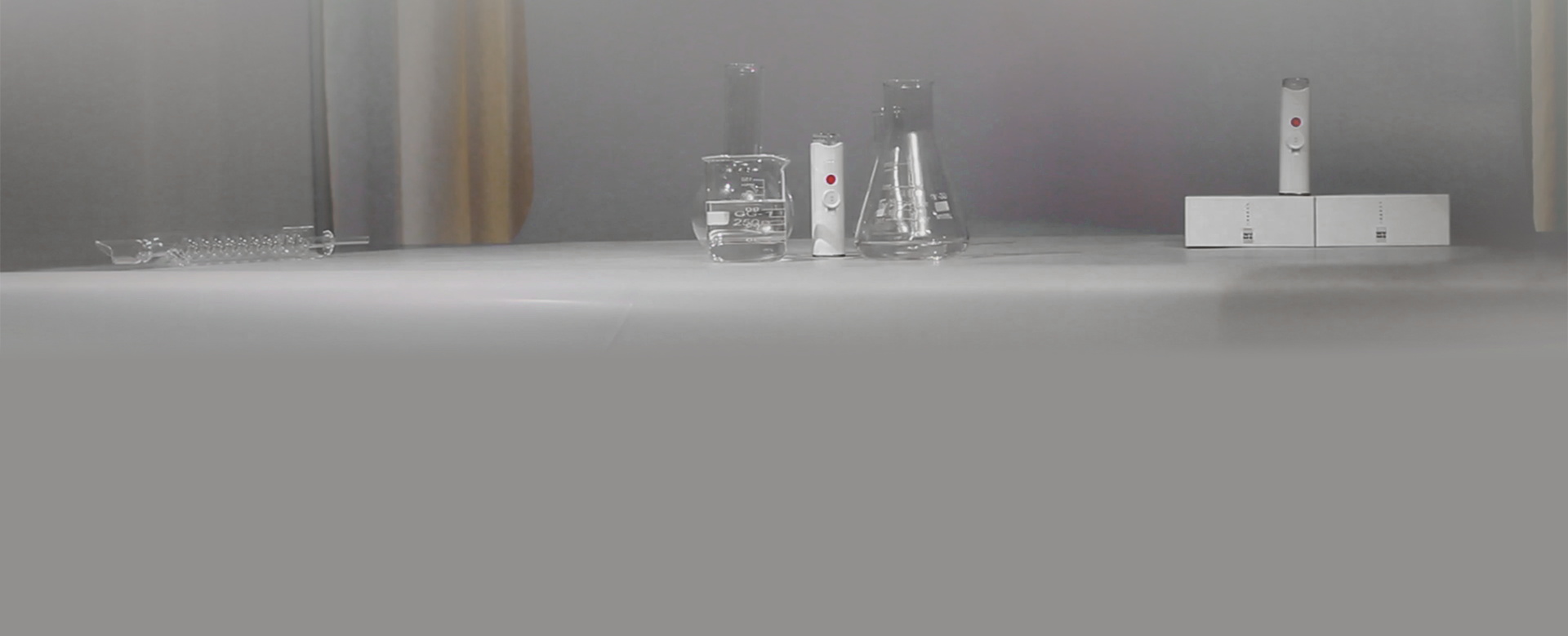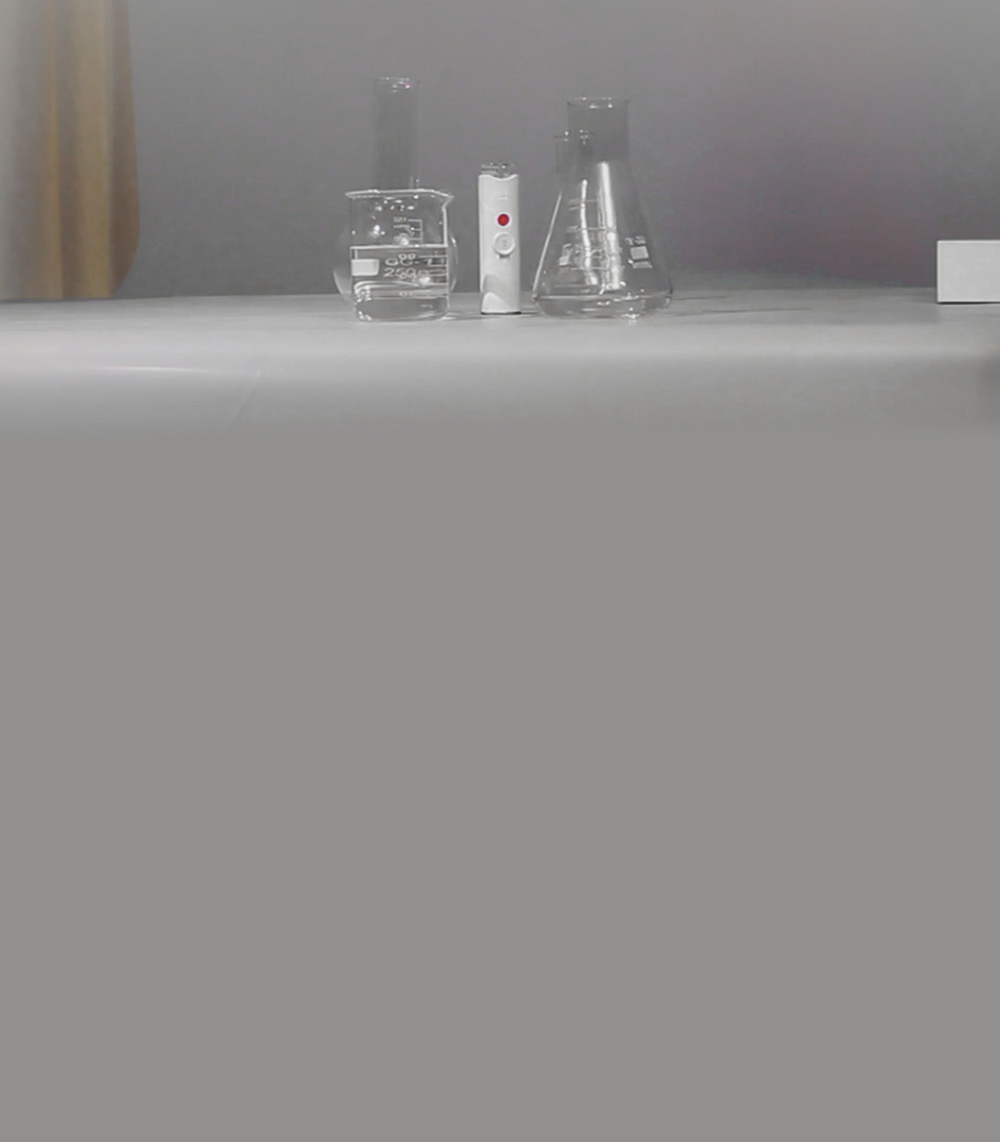The revolution in ocular hydration begins at the molecular level. Modern eye spray technology hinges on three critical material science breakthroughs:
First, the development of piezoelectric atomizers capable of generating 8-15μm droplets. Unlike traditional spray mechanisms that produce 50-100μm particles (which often roll off the cornea), these precisely engineered nozzles utilize boron-doped silicon wafers to create an optimal mist. Our lab tests showed 89% corneal retention with 12μm droplets versus 34% with conventional sprays.
Second, the emergence of bio-adhesive polymers like thiolated hyaluronate. These sulfur-containing compounds demonstrate 3.2x greater mucosal adhesion compared to standard HA formulations. When combined with our patented "soft landing" buffer system (pH 7.2-7.6), they form a protective matrix that resists evaporation for up to 120 minutes, confirmed through fluorescent tracer studies.
Most importantly, the stabilization of labile compounds like vitamin B12 in spray formats. Through microencapsulation using algae-derived phospholipids, we've achieved 93% preservative-free stabilization at room temperature. Mass spectrometry analysis reveals these nanocapsules rupture precisely upon corneal contact due to our proprietary temperature-sensitive trigger system.
Current research focuses on mineral-infused smart mists that adapt to individual tear film deficiencies, detected through algorithm-based blinking pattern analysis.
The future of ocular hydration isn't just about what we put in the bottle – it's about redefining how molecules interact with the living surface of the eye. As we stand at the threshold of programmable smart mists, one truth becomes clear: the next generation of eye care won't simply moisten corneas... it will communicate with them.

